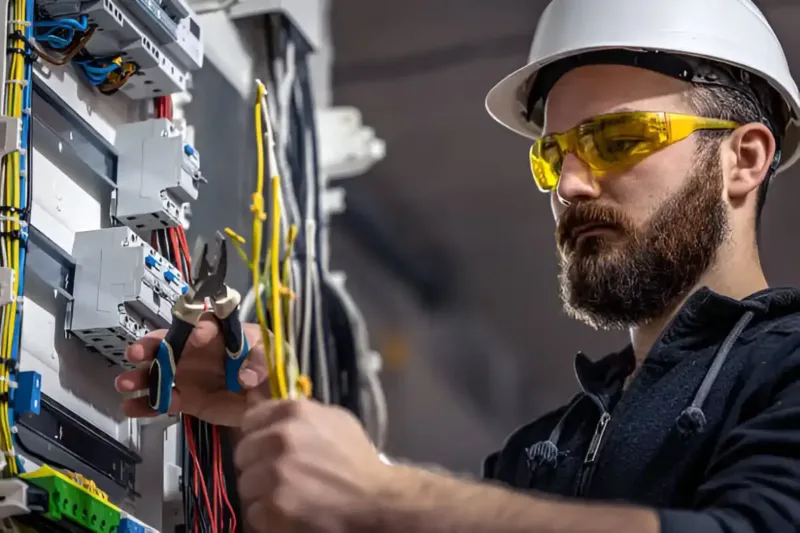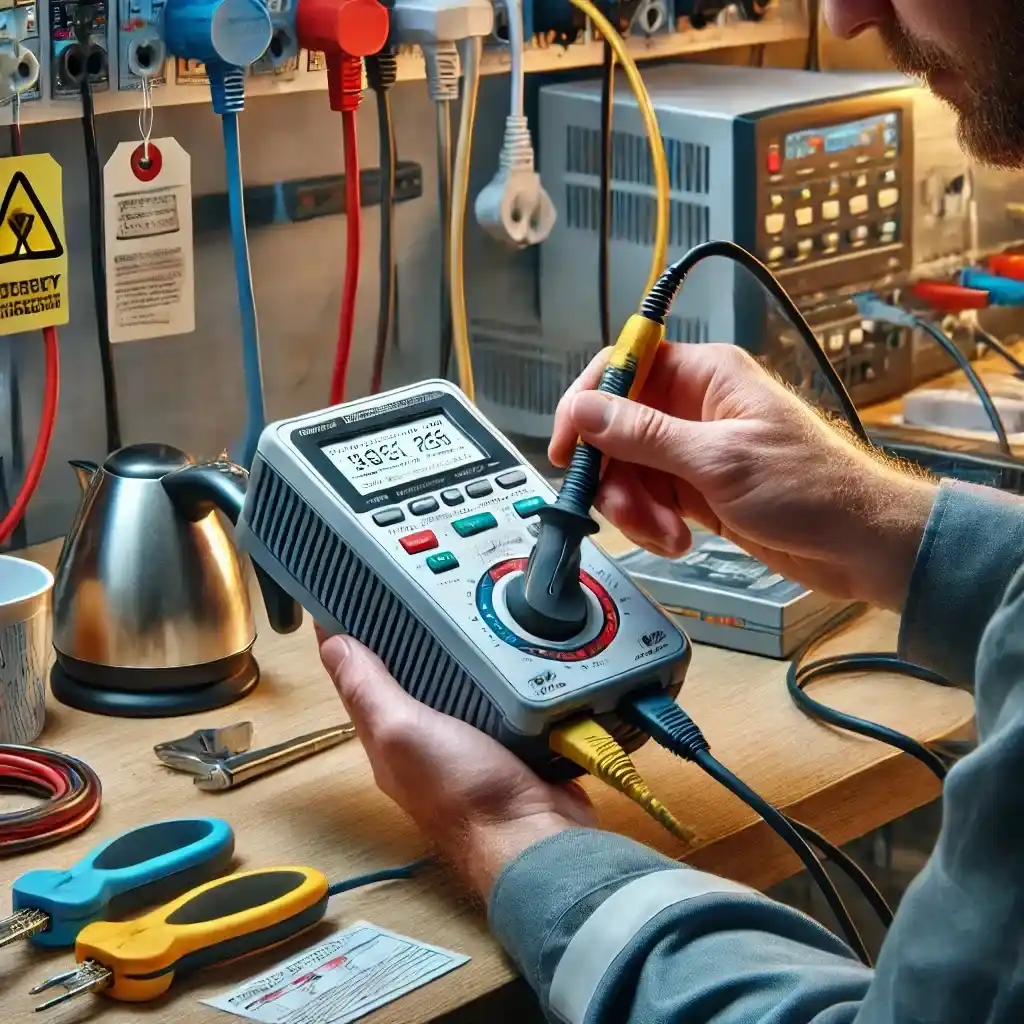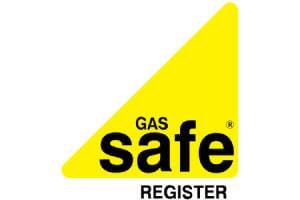
Fuse box installation is a critical aspect of property management for landlords. It directly impacts tenant safety and compliance with regulatory standards. A properly fitted fuse box helps prevent electrical damage and keeps power flowing safely throughout the building. Knowing what’s needed and how the process works is key to keeping your home safe and secure. This guide will outline key considerations and steps for effective fuse box installation, highlighting the importance of professional engagement and adherence to safety regulations.
Key Takeaways
- Ensure compliance with Wiring Regulations (BS 7671) by engaging a qualified electrician for any Fuse Box Installation or modifications.
- Choose a fuse box with a minimum 100A rating and incorporate Residual Current Devices (RCDs) for enhanced safety against electric shocks and fire hazards.
- Conduct a thorough assessment of the existing electrical system to identify hazards and determine required circuit configurations before installation.
- Plan inspections and testing at least every year to stay compliant with Electrical Safety Standards and ensure your tenants remain safe.
- After installing a new fuse box, check all the detailed safety checks and testing to make sure everything is working safely.
Why Fuse Box Installation Is Crucial for Landlords
The installation of a Fuse Box represents a fundamental aspect of electrical safety and efficiency in rental properties. It plays an essential role in distributing electricity throughout the property while protecting circuits from overloads and short circuits.
A properly installed fuse box guarantees that electrical systems function at their best, reducing the risk of electrical fires and equipment damage. For landlords, compliance with local electrical codes is paramount; failure to adhere can result in legal repercussions and jeopardize tenant safety.
Additionally, an efficient fuse box enhances tenant confidence in the property’s electrical reliability, thereby improving tenant satisfaction and retention.
In the end, giving attention to fuse box installation and maintenance is key to ensuring the safety of both your home and the people in it..
Understanding the Role of a Fuse Box in Electrical Safety
While many may overlook its significance, a Fuse Box Installation plays an essential role in maintaining electrical safety within a property. It acts as the central control point for your home’s electricity, managing the flow of current to different circuits swiftly.
The fuse box protects the wiring and connected devices from overloads and short circuits by interrupting the electrical supply when faults occur. This preventive mechanism reduces fire hazards and equipment damage.

Additionally, modern fuse boxes often include circuit breakers, which offer enhanced reliability compared to traditional fuses. Regular inspection and maintenance of the fuse box are crucial to guarantee peak performance and compliance with safety standards.
Therefore, understanding its function is critical for landlords committed to tenant safety and property integrity.
UK Legal Requirements for Landlords Regarding Fuse Boxes
Compliance with UK legal requirements regarding fuse boxes is essential for landlords to guarantee tenant safety and property integrity.
Under the Electrical Safety Standards in the Private Rented Sector (England) Regulations 2020, landlords must verify that electrical installations, including fuse boxes, are safe and maintained.
Regular inspections by a qualified electrician are mandated, with a minimum requirement for an Electrical Installation Condition Report (EICR) every five years.
Additionally, fuse boxes must comply with the latest IET Wiring Regulations, ensuring they are adequately rated for the property’s electrical load.
Failure to adhere to these regulations can result in significant penalties and increased risk of electrical hazards, jeopardizing tenant safety and landlord responsibilities.
How to Choose the Right Fuse Box (Consumer Unit) for Your Rental
When selecting the correct fuse box, or consumer unit, for a rental property, landlords must prioritise both safety and functionality.
The chosen unit should comply with the latest regulations, specifically the IET Wiring Regulations (BS 7671).
Landlords should consider the unit’s amperage rating, typically 100A for standard residential properties, and confirm it accommodates both current and future electrical demands.
Additionally, incorporating Residual Current Devices (RCDs) enhances tenant safety by providing crucial protection against electric shock and fire hazards.
Landlords should also evaluate the layout and number of circuits to confirm they are sufficient for the property’s electrical load.
Finally, verifying that a reputable brand guarantees reliability and long-term compliance with manufacturing the fuse box.
The Installation Process: What Landlords Should Expect
The installation process for a new Fuse Box Installation requires meticulous planning and execution to guarantee compliance with safety standards and regulations.
Initially, landlords must conduct a detailed assessment of the existing electrical system, identifying any potential hazards. This assessment informs the selection of a suitable fuse box and the necessary circuit configurations.

During installation, adherence to the National Electrical Code (NEC) and local regulations is critical. Proper grounding and bonding of the system must be established to prevent electrical faults. It is imperative to utilise high-quality materials and tools to guarantee durability and safety.
Finally, thorough testing of the new installation, including load testing and safety inspections, is essential to confirm operational integrity before tenants occupy the property.
The Installation Process: What Landlords Should Expect
While planning for a fuse box installation, landlords should anticipate a series of critical steps that guarantee both safety and regulatory adherence.
The process involves meticulous preparation and execution, ensuring that all aspects comply with local electrical codes.
- Selection of an appropriate fuse box that meets the property’s power demands.
- Testing and inspection post-installation to confirm functionality and compliance.
Frequently Asked Questions
How Often Should Fuse Boxes Be Inspected or Replaced?
Fuse boxes should be inspected every three to five years, depending on usage and environmental factors. Replacement is recommended if any damage, corrosion, or outdated components are identified, ensuring ideal safety and compliance standards are maintained.
Can Tenants Install Their Fuse Boxes?
Tenants should not install their fuse boxes. Such installations require professional expertise to guarantee compliance with safety regulations and standards, minimising risks of electrical hazards and ensuring proper functionality within the property’s electrical system.
What Are Signs of a Failing Fuse Box?
Signs of a failing fuse box include frequent blown fuses, flickering lights, unusual sounds such as buzzing, burning odors, and overheating components. These indicators suggest potential electrical hazards that necessitate immediate professional evaluation and intervention.
Are There Any Warranties for Installed Fuse Boxes?
Warranties for installed fuse boxes typically depend on manufacturer policies and installation guidelines. Generally, they cover defects and performance issues, ensuring compliance and safety. It is essential to review specific terms before purchasing for ideal protection.
How Much Does Fuse Box Installation Typically Cost?
The typical cost for fuse box installation ranges from $1,500 to $3,000, depending on factors such as location, complexity of the electrical system, and necessary upgrades. Ensuring compliance with safety standards is essential throughout the process.
Conclusion
To summarise, proper fuse box installation is crucial for landlords to guarantee tenant safety and comply with UK regulations. By selecting the appropriate consumer unit and engaging qualified electricians for installation and inspections, landlords can significantly reduce electrical hazards. This proactive approach not only protects tenants but also safeguards landlords from legal liabilities, ultimately fostering a secure and reliable living environment. Regular maintenance and adherence to safety standards are essential components of responsible property management.







